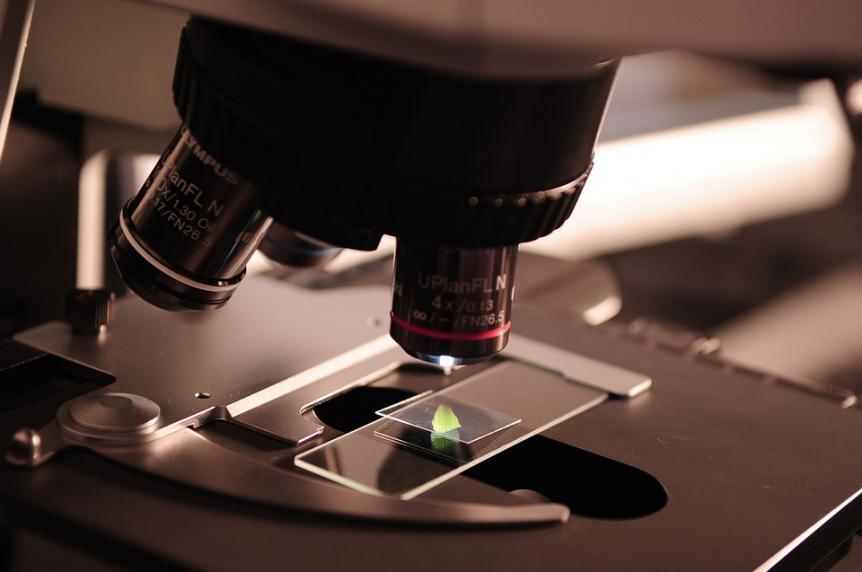By NAMI SUGIURA/ Staff Writer
 The Asahi Shimbun
The Asahi Shimbun
OSAKA--The pain of a ruptured eardrum can be excruciating, but researchers at a hospital here have developed a relatively swift fix that should be music to the ears.
The team at Kitano Hospital said Dec. 12 the method makes use of a drug that promotes cell regeneration and is less invasive as a result.
The treatment has been covered by the national health insurance system since last month.
Team members said it puts less of a burden on patients than conventional methods requiring hospitalization and results in improved hearing.
An estimated 1 million people in Japan suffer from torn eardrums owing to chronic middle ear infection and other factors.
Under conventional methods, doctors remove tissue from behind the ear and implant it in the torn eardrum. However, many patients decline surgery, as it requires hospitalization. Also, because the implanted eardrum tends to become thicker, hearing may not always be restored to what it was.
Under the new method, a doctor makes small incisions around the rupture and then covers it with gelatin sponge containing a drug that promotes cell growth.
The incisions activate the cells to re-form the eardrum, eventually filling the tear.
The treatment takes about 20 minutes, and the healing process requires about three weeks. The sponge-like material degrades naturally.
In more than 400 treatments, including clinical trials, about 85 percent of ruptures were completely fixed. Many patients said they could hear much more clearly in daily conversation. Positive results have also been seen among people aged 90 or older.
If there are no abnormalities inside the eardrum, more than 90 percent of conventional surgeries can be replaced with the new method.
"We plan to hold training sessions, so this treatment becomes more widespread among doctors," said Shinichi Kanemaru, chief director of the departments of Otolaryngology and Head and Neck at Kitano Hospital and one of the researchers who developed the method.

